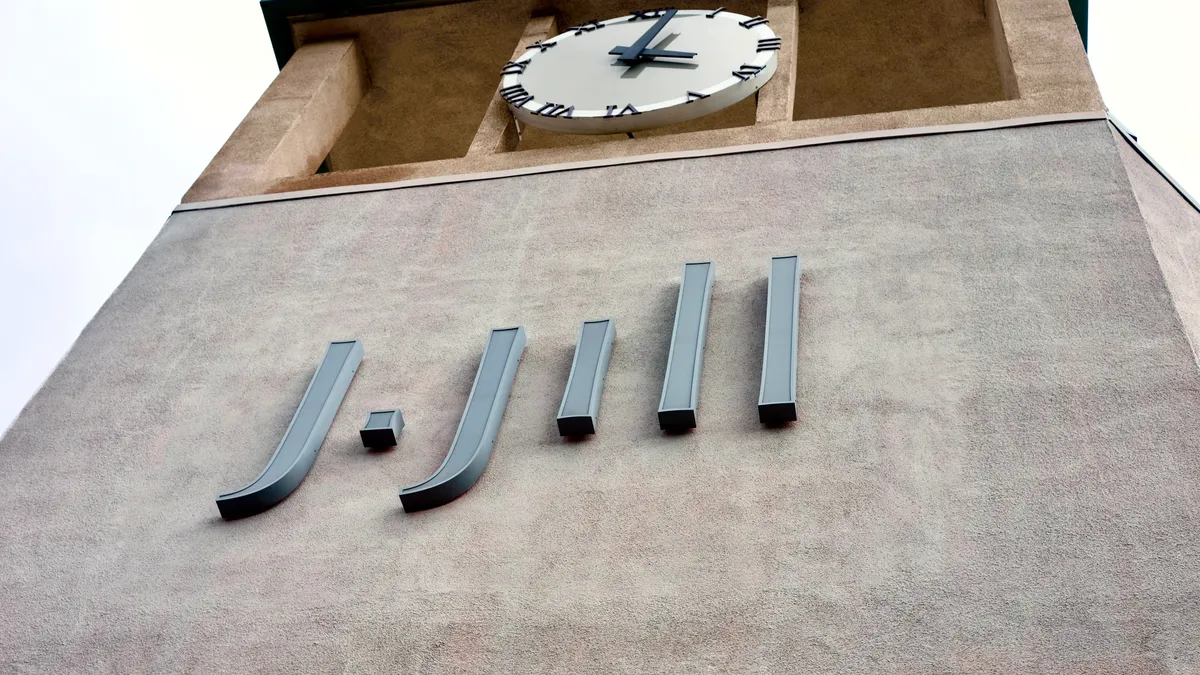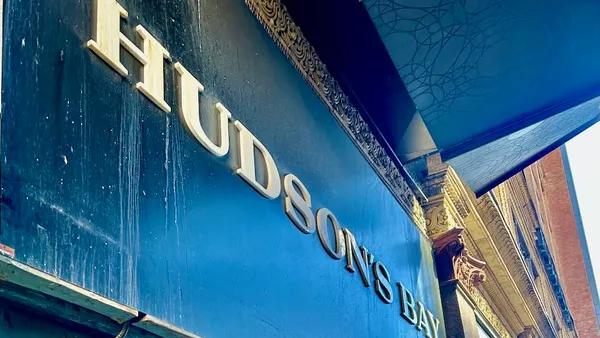Dive Brief:
-
Thanks in part to an extra week in Q4 last year, J. Jill on Wednesday reported that net sales in the period rose 1.2% year over year to $149.4 million, with total comps (same-store sales plus direct-to-consumer sales in 13 weeks), down 3.6%.
-
Gross margin expanded to 67.3% from 64.4% a year ago, and net income more than quadrupled to $4.8 million.
-
The women’s apparel retailer opened two new stores and closed one during the fiscal year, ending 2023 with 244 stores.
Dive Insight:
J. Jill has come a long way since its near brush with bankruptcy during the peak of the pandemic. Upgrades to its merchandising and marketing have paid off, especially last year.
The company even managed to open more stores than it closed for the first time in three years (if only by one). About a year ago, the retailer was in the midst of shrinking its footprint, but even then executives said the hope was to grow it again.
With the help of an extra week, top-line strength continued into the holiday quarter, despite what remains a tough climate for discretionary spending.
For the full year, net sales fell 1.7% to $604.7 million, with comparable sales falling 1.4%. Net Income for the year tumbled to $36.2 million from $42.2 million in 2022.
“We are pleased with our strong end to 2023 which delivered fourth quarter and full year results above our expectations,” CEO Claire Spofford said in a statement. “This performance is once again a testament to the execution of our disciplined operating model which has continued to support the healthy margin profile and strong cash generation of the business.”
Indeed, the retailer’s greatest success lies in its strong margins, according to analysts at William Blair.
“The quarter and top-line guide reflect a control of the model and brand resilience in the face of what we view as an increasingly challenging consumer backdrop,” William Blair analysts Dylan Carden and Alexander Vasti said in emailed comments. “Despite notable declines in the retail channel, the company has been able to maintain and grow margin, which remains central to our investment thesis, being central to the durability of the company’s strong free cash flow position.”
After working to control costs and rationalize its footprint, the company’s biggest challenge remains the macroeconomic backdrop. The retail sales results of the first two months of the year suggest further slowdown in discretionary spending, in part due to ballooning credit card debt. Apparel shoppers in particular, while willing to spend to refresh their closets, are in search of discounts, analysts have said.













